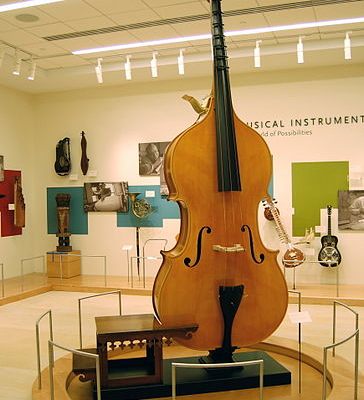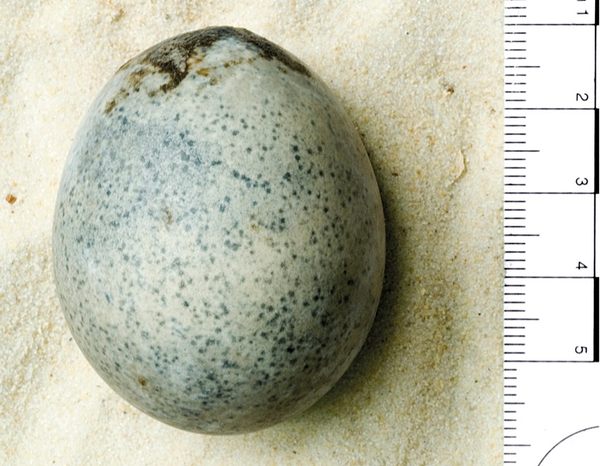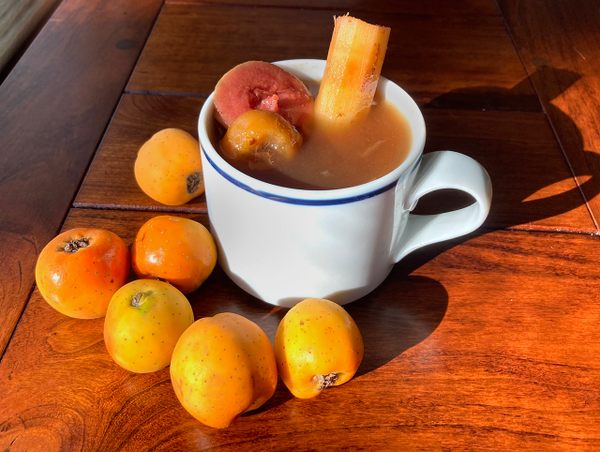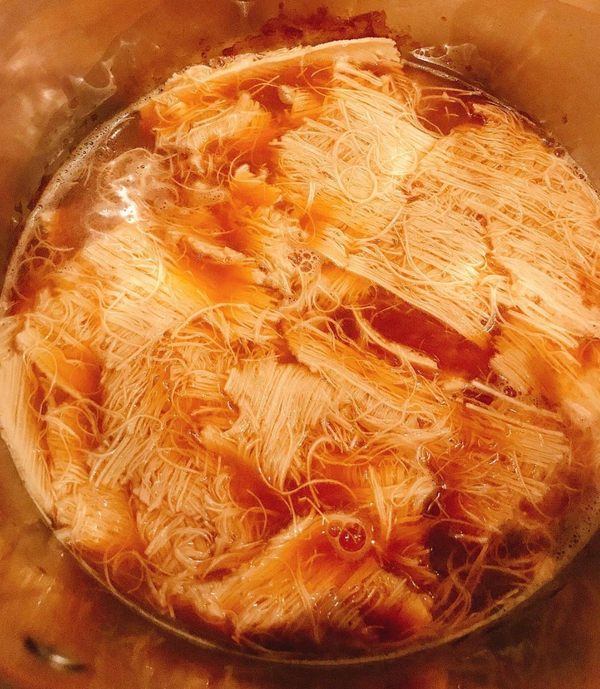Accidental Discovery: A 20,000-Person Underground City in Turkey

In 1963, a Turkish man accidentally stumbled upon a massive underground city, Derinkuyu, while renovating his basement. This 18-story complex, reaching 76 meters deep, could house 20,000 people. Its origins are debated, possibly dating back to 2000 BC and potentially built by Hittites, Phrygians, or early Christians. Featuring intricate ventilation and various structures, it served as a refuge during wars, eventually abandoned after the Greco-Turkish War. Now a major Cappadocian tourist attraction, its discovery unveils a hidden chapter of ancient civilization.
Read more












